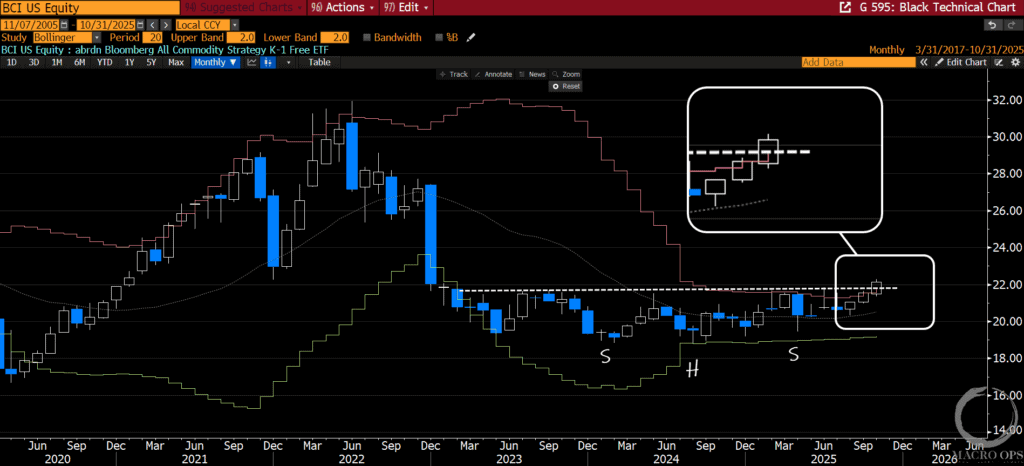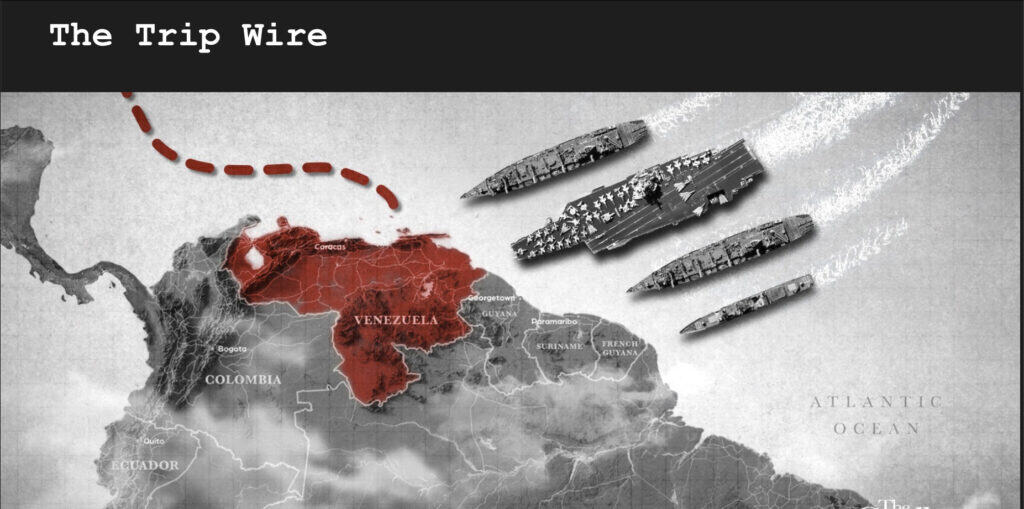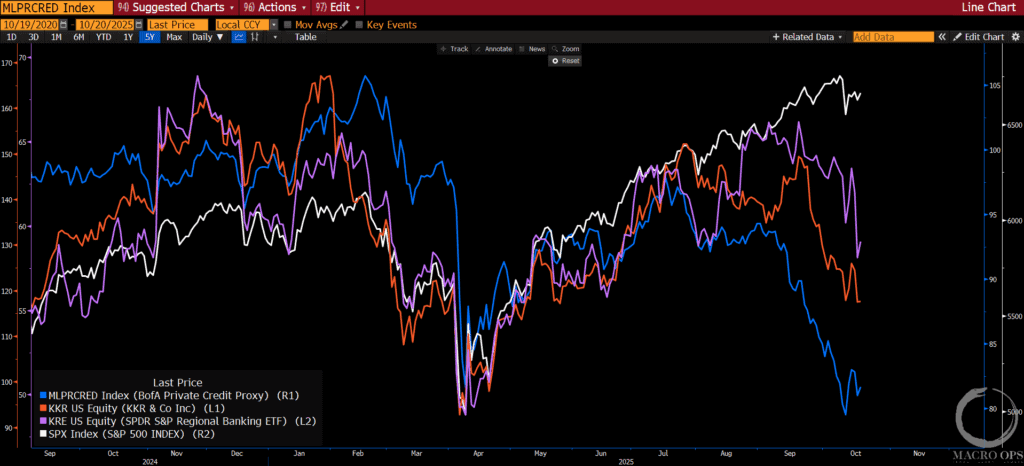There are two ways to make money as a business:
- Create a product or service, charge more than it costs to make/deliver said product or service, profit.
- Create a product or service, charge less than it costs to make/deliver because the subsidies are so high, realize that once the subsidies disappear you have no business model, beg for more subsidies, ???, profit.
The entire offshore wind industry chose option 2. Unfortunately, subsidies can’t save them.
Last week, I wrote about why I prefer uranium to copper over the next couple of years. The general thesis was that copper demand relied too heavily on Net Zero goals and government initiatives to “Electrify The World.” Instead, uranium demand was a bet on baseload power from price-agnostic buyers who can’t afford to shutdown power plants.
I cited a few cracks in the copper Net Zero demand story:
- United Kingdom pushing ICE ban to 2030
- Spanish wind farm company writing down $500M+ in projects
- Orsted considering a $2B+ writedown on its US-based offshore wind projects
We saw another crack last week.
Last Friday, Norway announced its first offshore wind auction. The hope was that companies like Equinor, TotelEnergie, BP, and Shell would buy plots of shallow water and build more offshore wind farms. So far, Equinor is the only company to submit a pre-qualification proposal.
So how do you make these auctions more attractive? You jack up the subsidies!
“Norwegian lawmakers in June agreed to increase subsidies offered for Soerlige Nordsjoe II by 53% to 23 billion Norwegian crowns ($2.05 billion) to reflect global supply chain cost increases and inflationary pressure.“
There are two ways to think about this.
One way is, “The economics of offshore wind are so bad at the current cost structure that governments need to raise incentives by 53% just to get bids.” The other is, “Maybe inflation is a lot higher than governments are leading me to believe and things are a lot worse than we think.”
Both hypotheses are bad for offshore wind. But the latter poses more widespread consequences. Remember, the subsidies “reflect global supply chain cost increases and inflationary pressures.” How much did the subsidy cushion inflation impacts? 25%? 50%? Do we even want to know the answer?
If you’re an offshore wind executive, the worst thing you could probably say is that deals still don’t pencil with a 53% subsidy increase. That’s precisely what Seagust CEO Simen Elvestad said.
“The areas on offer, which also include the Utsira Nord site suitable for up to 2.25 GW of floating wind, have garnered interest from the majority of Europe’s leading developers, including Orsted, TotelEnergie, BP and Shell.
However, the Seagust consortium including Sweden’s Vattenfall has announced it is no longer planning to participate, arguing the current subsidies offered are not enough.
“We see that the return on the investment would be too low to meet our requirements,” Seagust CEO Simen Elvestad told Reuters earlier in October.“
There’s a bigger problem. We’re exiting a multi-decade period of historically low metals and commodities prices. Globalization allowed us to export all the dirty work of building “Green Energy” (mining, refining, and processing) to low-cost producers like China, Russia, and Indonesia. Which gave us (the US) an excuse to invest $0 in things like mining, refining, and processing. Which gave countries like China and Russia a stranglehold on critical aspects of the Energy Transition Value Chain.
The consequence of those decisions is that metal extraction becomes incrementally more expensive (the next pound of copper costs more than the prior pound).
Also, the US doesn’t have the labor pipeline to bring all the new mines online that it needs to meet future demand. We’ve starved an entire industry for decades because we wanted our iPhone unboxing moment without knowing how the sausage got made.
Things are about to get much worse.
Costs are about to get a lot higher. And unless we do the hard thing and invest in domestic mining, refining, and processing production, I don’t see how we can live in a world with metals and commodity prices this low.
The trickledown effect will be dramatic. And we’re not prepared for it.








